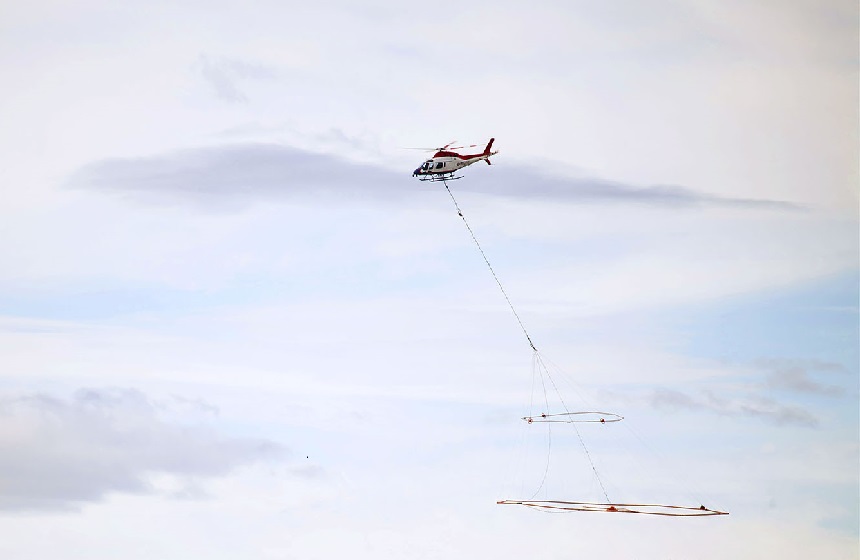The company conducted the first-ever versatile time domain electromagnetic in the Skellefte mining district, which hosts its 100%-owned project of the same name, defining an electromagnetic conductor.
The first two diamond holes drilled to test the conductor intersected volcanogenic massive sulphide-style mineralistion.
The hits included a 4m alteration zone from 85.75m, and a 30m alteration zone from 164.4m.
The mineralisation comprises disseminations and veinlets of sulphide with small zones of semi-massive sulphide – mainly iron, but including zones containing some sphalerite and minor chalcopyrite. Assays are pending for the holes, but the company said the results validated its use of VTEM.
S2 managing director Mark Bennett said the project represented a significant opportunity for the company, which is why it moved to 100% in December.
“Having identified so many strong conductors in our district-scale VTEM survey, it was important for us to test the validity of these, so when our team had an opportunity to do just that before the spring thaw, we took it,” he said.
“Our main objective was to identify a conductive body to prove that VTEM works, so to not only prove this but to also confirm mineralisation with our first drill holes into our first conductor is a pleasing bonus.”
S2 has named the prospect Svan Vit.
Bennett told Mines and Money Asia earlier this month the aim in Sweden was to find another company maker.
S2 is also exploring its Polar Bear project in Western Australia.
Shares in S2 have risen nearly 50% in the past week and are up 55% this month.
Read Mining Journal’s new release about our VTEM survey results: S2 Svan Vit sulphide hit.
